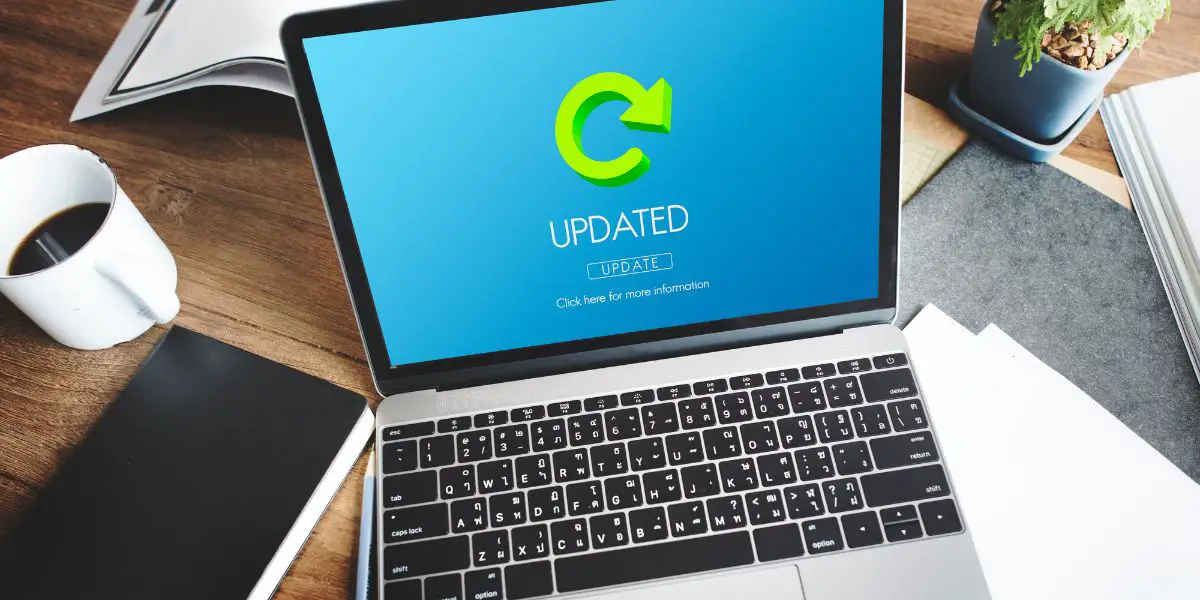Disclaimer: This post may contain affiliate links, meaning we get a small commission if you make a purchase through our links, at no cost to you. For more information, please visit our Disclaimer Page.
Laptops are designed for maximum computing power on the go or in a convenient setting. As a semi-portable device, closing the lid, tapping the power button, or pressing the power button should quickly put it into sleep or hibernation until you’re ready to do it again.
Your RAM remains active in sleep mode and, when you open your laptop again, everything should be just as you left it. The laptop is still on when in Sleep Mode, but it’s in a state of low power, keeping only what is necessary running.
Suppose the laptop is getting hot while in sleep mode, something is definitely wrong. There should be nothing going on in sleep mode that would cause your laptop to overheat.
There’s either a physical issue with the laptop or a software issue, and we’re here to iron them out for you and cool off your laptop before any permanent damage occurs.
Table of Contents
6 Causes And Fixes To Laptop Gets Hot In Sleep Mode
1. Your Vents are Blocked or Partially Blocked
Placing your laptop in sleep mode is as simple as closing it. However, you should be careful how you set it down.
Too often, we get comfortable with the simplicity and convenience of running around with a laptop. It’s easy to forget that even in sleep mode, you can’t block all of its vents and set the laptop down in a spot where thermal dissipation is impossible.
Laptops get rid of heat through thermal means and by fans. The functionality of the cooling fans is obvious. But laptops, especially MacBooks, also transfer heat to the exterior frame of the laptop where it can safely dissipate away from the internals.
In other words, tossing the laptop into a heap of pillows on the couch is a bad idea.
Once a week or so, you should make it a regular routine to inspect your vents and make sure there is no accumulation of dust or larger, physical obstructions blocking them.
Compressed air cans and Q-tips are good ways to clean out your vents. Just remember, only blow air at your vents at a 45° angle or wider, never straight in.
2. Your Cooling System is Failing
This might not be what you want to hear, but if you have an older laptop, or you’ve damaged it, either from a drop or a small spill, your cooling system may be failing.
If the laptop is getting hot and the fans aren’t running, it’s time to take it in and get it serviced.
Anytime the laptop starts to warm in your lap or under your hands, the fans should kick on to dissipate the heat.
If the fans aren’t coming on, you need to power the laptop completely down (otherwise, it may continue to get hotter with no way to relieve it).
3. Adjust the Sleep Settings
There are always sleep settings to adjust, whether you’re using a desktop PC or a laptop. It’s possible that you have the Sleep settings messed up, and the laptop continues running even though the screen is dark.
- Press the Windows button
- Select Settings or type it in the Search bar
- Select the “Power” option or the “Power & Battery” option
- Select “Screen and Sleep”
- Adjust the Sleep settings for plugged and not plugged in
- Make sure that the sleep timer is not on “Never”
Check any additional sleep options that are related to how you use the laptop to get the most efficiency out of it.
4. Background Tasks and CTRL + ALT + DLT
Press the Control, Alt, and Delete buttons at the same time to bring up the Task Manager. This lets you see all the current processes, along with anything running in the background.
The background is where most of your attention should be because it’s tasks that most people pay little attention to.
Right click on any task that you don’t need and “End Task.” The biggest problem with the Task Manager is that most people don’t know what most of the programs are and if those programs are necessary.
However, to solve that, simply right-click on each task you’re uncertain of, and select “Search Online.” This will bring up your browser and your default search engine with results for the task you selected. From here, you can determine if you need the task running or if you can turn it off.
If you have tasks that keep coming back after you turn them off, you can control them by going back to the Settings menu. Select Privacy, followed by Background Apps.
Within the background apps section of the Settings, you can control which apps you allow running in the background and which ones you don’t want.
5. Reset Your Laptop
It’s easy to get caught up in the day-to-day use of a laptop, closing the lid, plugging it in, opening the lid, unplugging it, etc. Before you know it, you realize that you haven’t turned the thing off in days, possibly weeks.
Your laptop may just need something as simple as a reset. Give it a chance to dump any of those minor glitches that have been building up over the endless days of never powering down.
Every laptop is different but, with most, you should have a power down option on the task bar or near it. Select it and select (Restart) when the pop-up window gives you the shutdown options.
6. Update Your Drivers
You should always stay on top of updating your drivers. Though most PCs are supposed to download and install new driver updates automatically, you can never depend on it to always happen without a hitch.
Press the Windows key and type “Drivers” in the search bar. Select Updates or Drivers (whichever one pops up) and you’ll be directed to necessary updates from there. Make sure all of your drivers and your PC are up-to-date.
Final Thoughts
There’s always the possibility you have a virus. Always make sure you have antivirus software running checks periodically. For the most part, the above-listed items are going to be the culprits behind a laptop getting hot while in Sleep mode.
Some issues can only be fixed by a technician, but most are things you can do right where you’re sitting.
As with everything, preventative maintenance is key. Check your laptop over periodically, maintain antivirus software, and keep it updated with the latest firmware, and you should be just fine.


